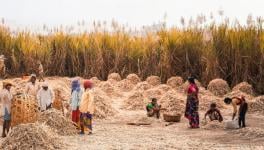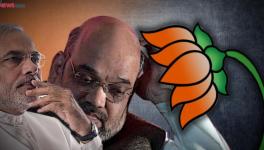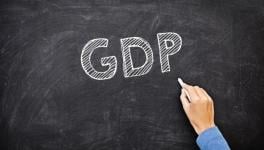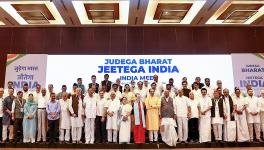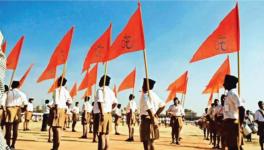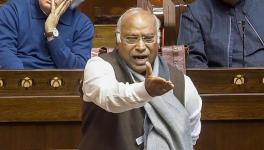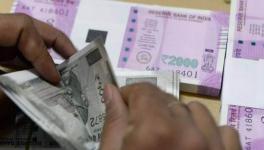Good GDP Growth? Yes, But Family Spending Is Weak
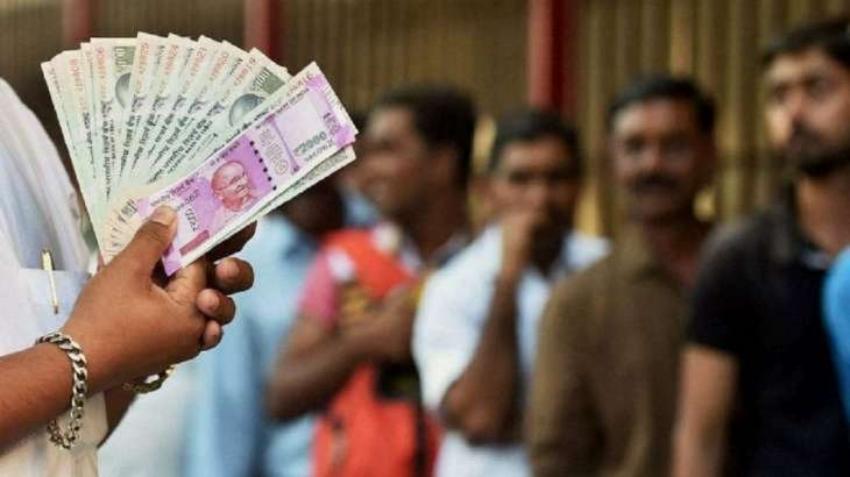
Image for representational purpose. Credit: PTI
The latest Gross Domestic Product (GDP) numbers released by the government caused a ripple of celebratory back-slapping among government circles and supportive economists. Data for the second quarter of 2023-24 showed that GDP growth was clocked at 7.6%. Adding to the 7.8% growth in the first quarter, the first half of the current financial year has thus exhibited a decent 7.7% growth. Prime Minister Narendra Modi lauded the numbers calling them “a reflection of India's strengthening economy and also the transformative reforms carried out in the last 10 years”.
However, the fine print of the data shows all is not well with the economy. More worrying is the rather gung-ho attitude of the government policymakers about this. Everybody is acting as if just having 7.6% economic growth is the solution to all economic woes. But what exactly do the details show? Let us have a look.
Consumption Spending Growing Very Slowly
In the second quarter (July-September) of this year, Private Final Consumption Expenditure (PFCE) increased by a measly 3.1% at constant prices. PFCE is the sum of all spending done by all private entities which includes all households in the country as well as all businesses or enterprises. This is one of the most important components of the country’s aggregate output as measured by the GDP and makes up nearly 57% of the GDP. Only when people spend more to buy goods or services will there be increased economic activity. If people are not spending enough then the economy cannot grow. So, PFCE is a measure of people’s income and buying power. If it is growing only by small increments that can only mean that one of the main driving factors for economic growth is lagging.
To put this anaemic growth in consumption spending in context, have a look at the chart below which tracks PFCE quarterly growth over the past five years. This is derived from data compiled by the Reserve Bank of India (RBI).
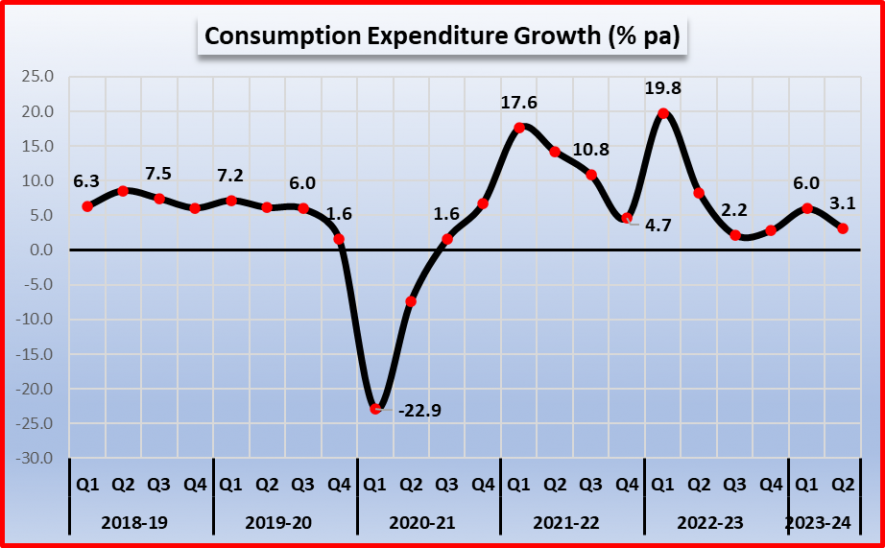
Consumption spending crashed during the Covid-19 pandemic and then bounced back in 2021-22, propelled by the base effect. This happens when a year-on-year comparison is made – a low base year value leads to a high percentage growth. Since last year, however, consumption spending has inexorably slipped to levels which are even lower than the pre-pandemic ones. In the third quarter of the last financial year (October-December 2022) it had crashed to just 2.2% rising slightly to 2.8% in the last quarter. In the first quarter of the current year, consumption spend rose to 6% but again it has slipped down to 3.1% in the second quarter. Clearly, there is nothing sustaining it at healthy levels – there is some systemic reason why people are not spending enough. Any economist will tell you that the reason is staring at us in plain sight – people just don’t have enough income to spend. They are managing somehow in meagre incomes, which is being further eroded by two gravely threatening factors: inflation and unemployment. These are not going to be measured and reflected in the GDP numbers directly, but their shadow is clearly visible in the continued low levels of consumption spending growth.
Farming Output in Doldrums
The government also makes available detailed data on which sector is contributing how much to the GDP and its growth. A look at this shows up a shocking fact: the contribution of agriculture to the Gross Value Added (GVA) increased by only 1.2% in the second quarter of the current year. Although growth in agriculture’s contribution has been flagging at around the 2.5% for quite some time now, the latest numbers are half of that.
So, despite some very healthy numbers of growth in manufacturing (13.9%) and construction (13.3%), and also in mining & quarrying and electricity, water and other utilities – both around 10% each – the GDP growth has been dragged down by agriculture.
Policymakers should be worried about this because agriculture is the biggest source of employment in the country, and nearly two-thirds of the country’s population is connected to agriculture. Low growth in this crucial sector indicates that a very large section of the population is not going to enjoy better incomes and nor are employment opportunities likely to be available in farming.
Govt Spending Also Dips
In a situation where private consumption spending is stagnant or showing low increases, the only way to increase economic activity and provide some relief to the people is through increasing government spending. However, the latest data shows that not only is this not happening but in fact, government spend has actually dipped as a share of GDP.
In the first quarter, Government Fixed Consumption Expenditure (GFCE) which measures fiscal spending, was 10.1% of GDP but in the second quarter it had declined to 8.9% of GDP. Over the past few years, this has been the trend – some quarters show slight increases while others exhibit declines. There is no other way to look at this but as a policy of squeezing government spending, often glowingly described as a virtue called ‘fiscal prudence’ in neoliberal parlance. Far from being prudent, this approach is single-handedly responsible for continued misery and deprivation among large sections of people.
It might be asked that what about all the schemes that the government is carrying out to provide economic benefits, like the free ration supply? The government’s own data – quoted above – confirms that expenditure on these schemes is but a small fraction of what the government can spend if it gets down to it. That is why government spending as a share of GDP has declined despite all the schemes. Also, it must be noted that these announcements of schemes are ad hoc measures which are often motivated by political/electoral considerations. For example, the free 5kg food grain scheme was formally ended by a government decision last year but later revived probably in view of the Assembly elections and subsequent General elections. While such schemes undoubtedly come as a much-needed relief to many, the potentiality of government action to ameliorate the income and jobs crisis is still not being fully addressed yet.
Get the latest reports & analysis with people's perspective on Protests, movements & deep analytical videos, discussions of the current affairs in your Telegram app. Subscribe to NewsClick's Telegram channel & get Real-Time updates on stories, as they get published on our website.









